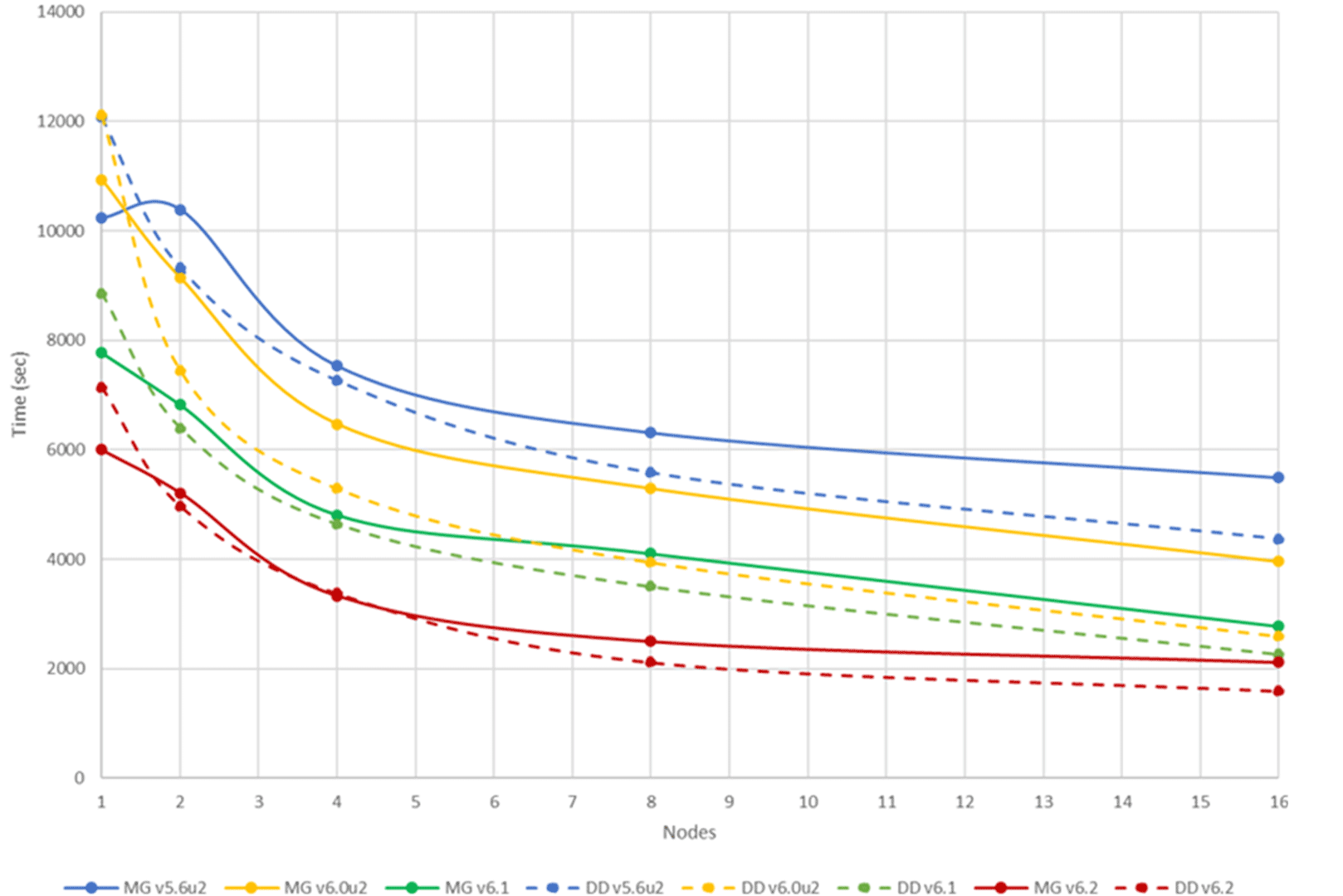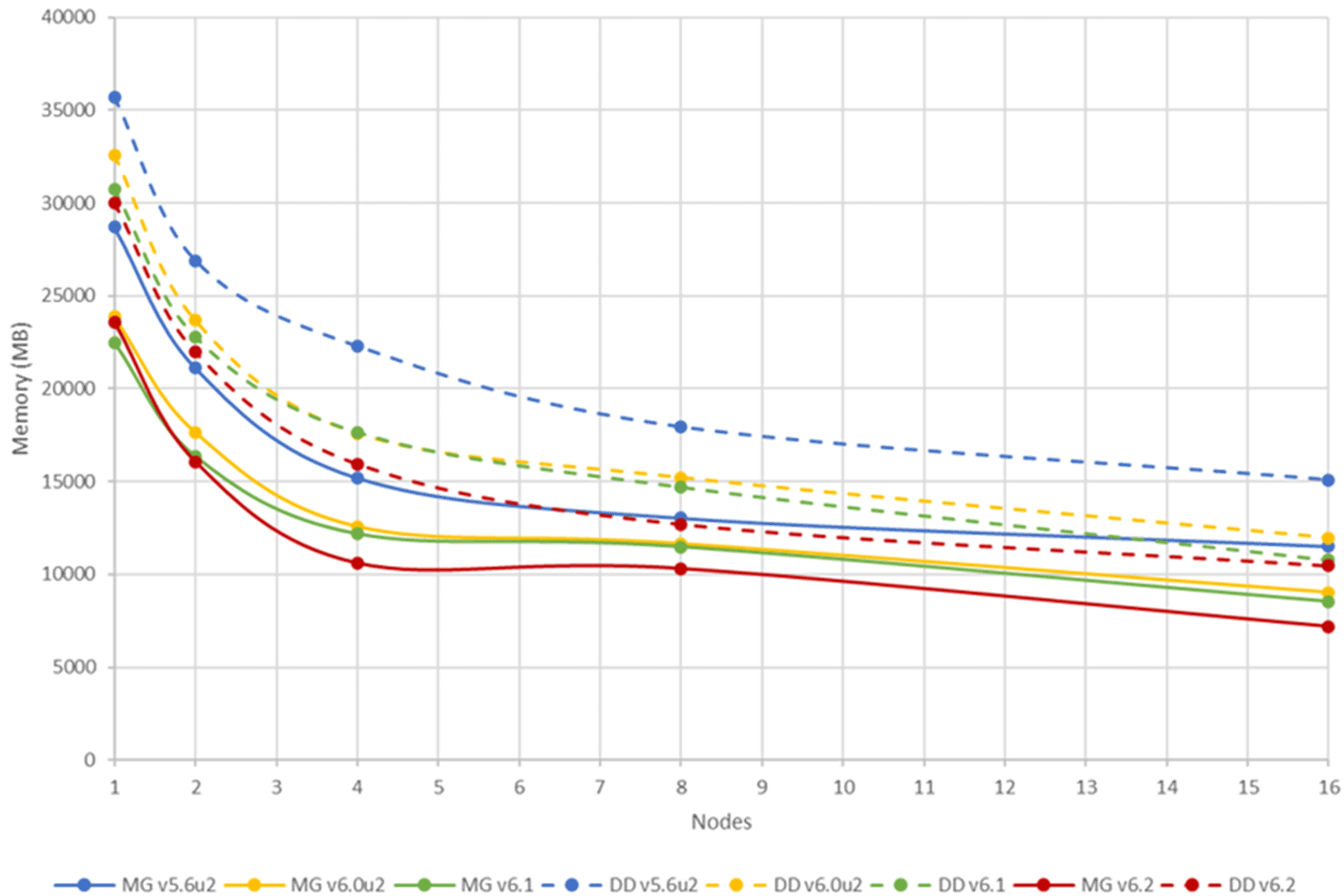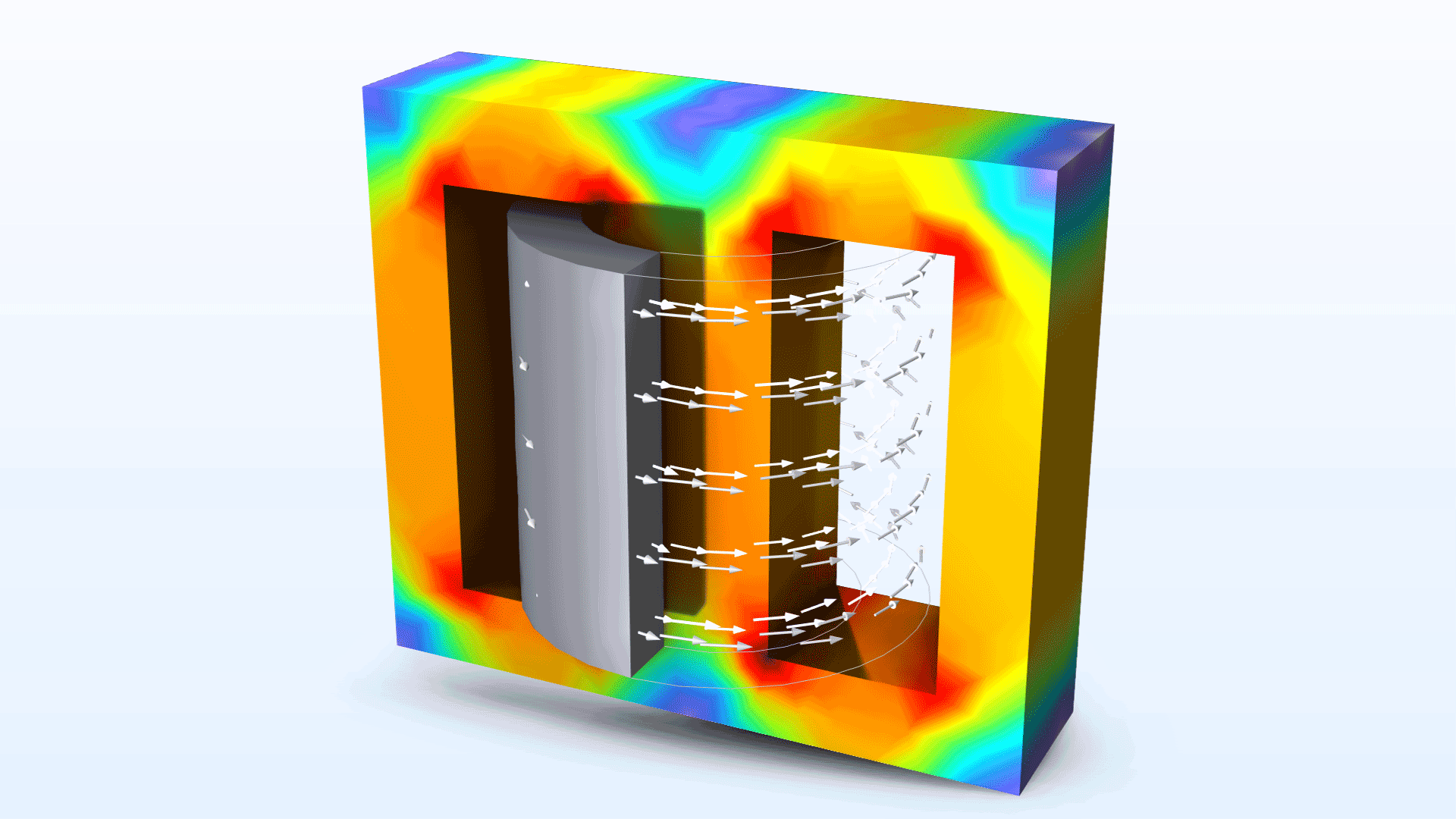support@comsol.com
Studies and Solvers Updates
COMSOL Multiphysics® version 6.2 introduces many performance improvements, particularly for nonlinear problems and parallel computing. In addition, the boundary element method (BEM) has been improved for high-frequency electromagnetics as well as for problems involving thin gaps, and support has been added to allow for time periodicity of variables not solved for. An option to use a fast Fourier transform (FFT) for antisymmetric problems has been added, and new support for left eigenvectors has applications for model reduction and sensitivity analysis of nonsymmetric problems. Learn more about all of the updates below.Improved Cluster and Multicore Performance
In COMSOL Multiphysics® version 6.2, there is up to 40% improvement for cluster and multicore computing. BEM memory balancing and performance have been significantly improved on clusters.
New Method for Constraint Handling
A new hybrid method for handling constraints has been added. This method uses Gaussian elimination for larger constraint blocks where a full singular value decomposition (SVD) is prohibitively expensive while still using an SVD for smaller blocks. This is particularly useful in large simulations involving nonlocal constraints.
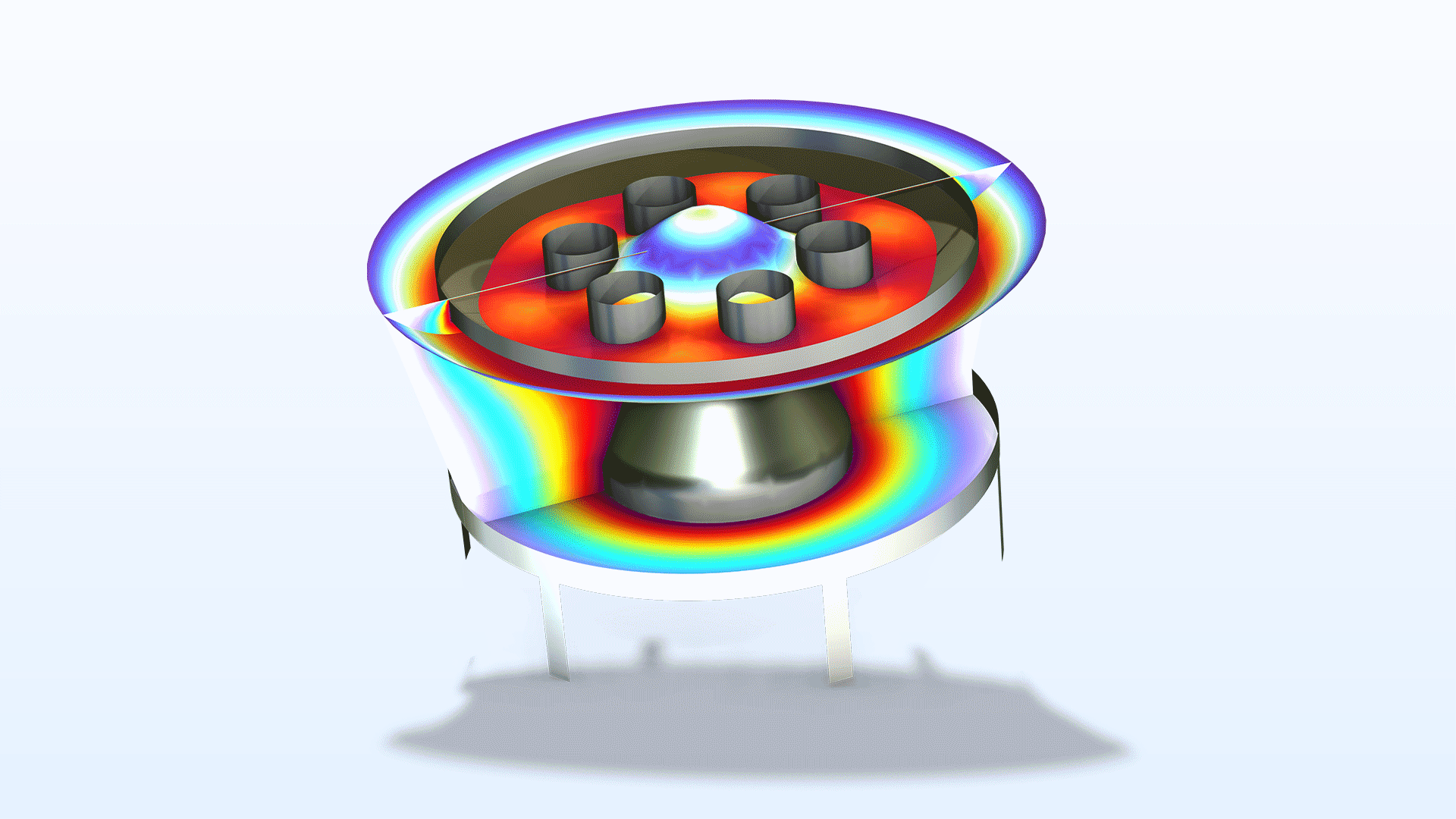
Periodic Inputs Not Solved For
In simulations that require sequentially solving a time-periodic problem and a transient problem, it is now only necessary to simulate one period of the periodic field. This functionality can be directly enabled in the Advanced section of the Time-Dependent Solver node. You can use it to simulate a single period of a rotating piece of machinery and then solve for other fields that are time dependent over time scales that are larger than a single machine rotation.
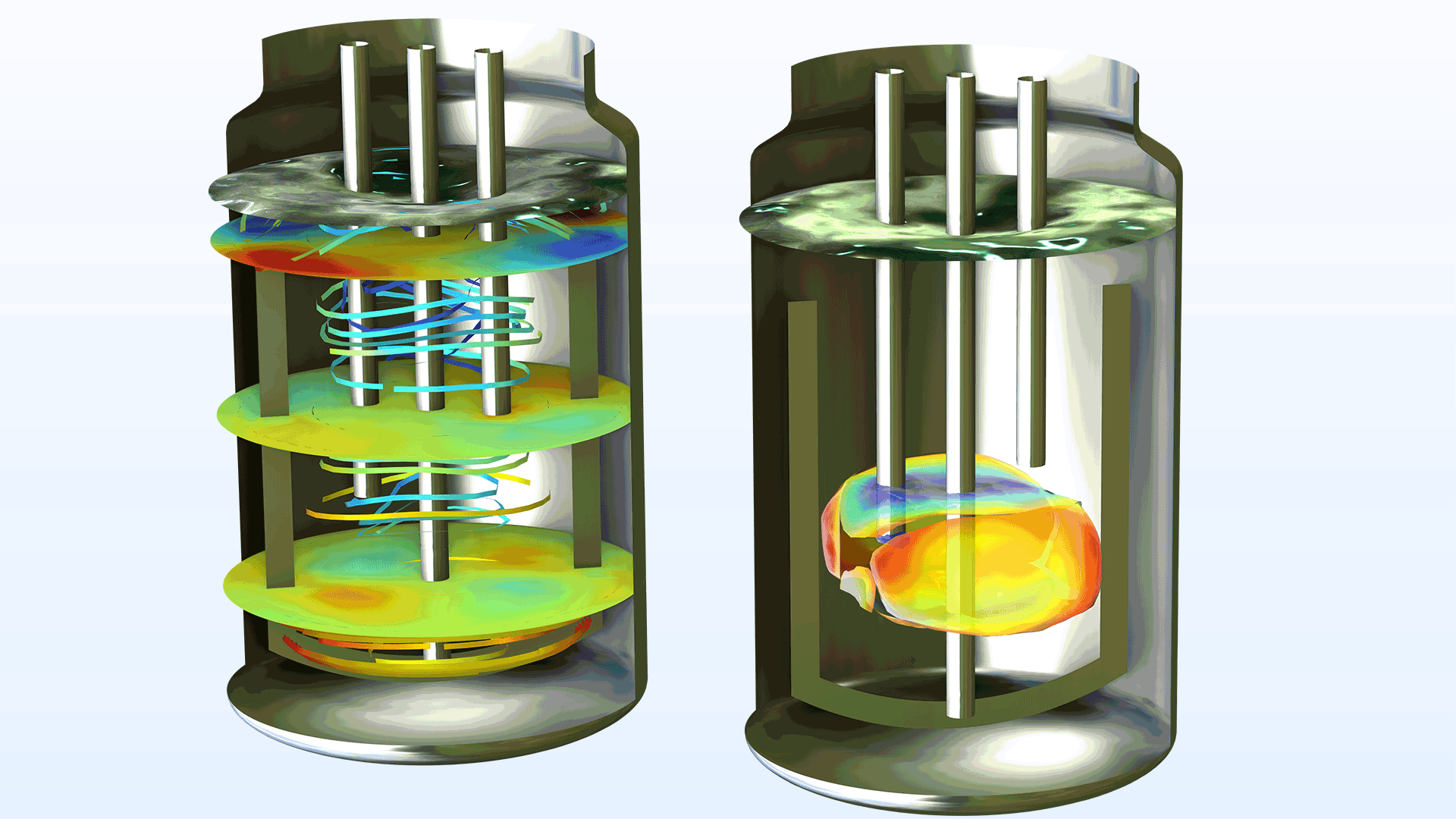
Support for Half-Cycle FFT
It is now possible to compute an FFT for antisymmetric problems using only the first half of the signal data. For large transient models, the computation time can be halved by not requiring the computation of a full period in order to perform the FFT.
BEM
Performance Improvements
Performing BEM analysis on clusters is now up to 7 times faster than in previous software versions. This is due to enhanced load and memory balancing in COMSOL Multiphysics® version 6.2. On noncluster configurations, an improved solver reduces the computation time by up to 35%.
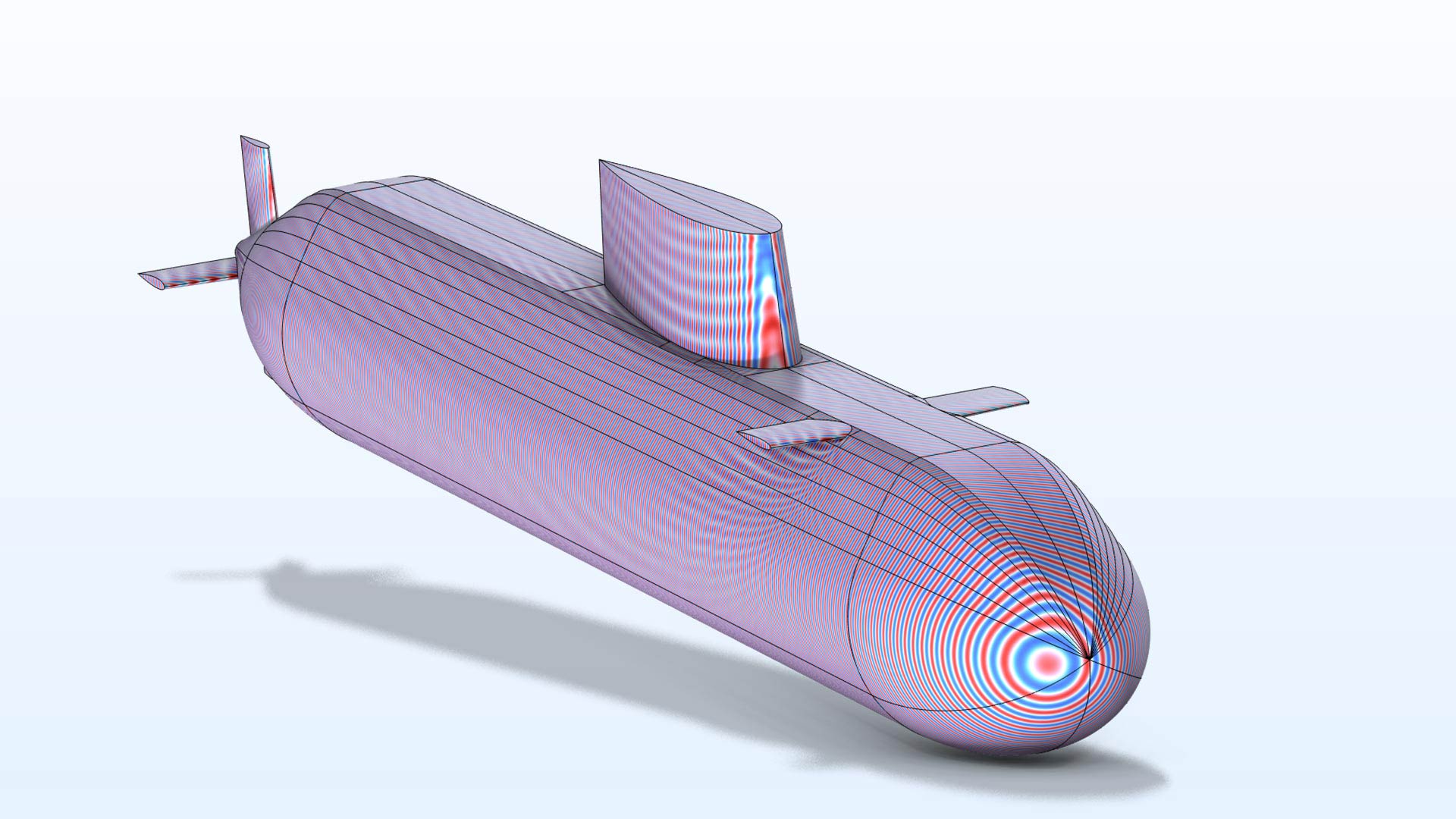
Special Quadrature for Close-to-Touching Mesh Elements
The Thin gap handling option in the Quadrature section enables a variable transformation on close-to-touching mesh elements that allows for more accurate integration during assembly. This transformation results in significant accuracy improvements for problems containing thin gaps, for example, in problems involving capacitors or sound radiation through thin waveguides.
New Options for the Nonlinear Solver
Many new options have been added to help fine-tune either the performance or the robustness of the nonlinear solver. In the pseudo-time-stepping acceleration, the new option to smooth the residual has been observed to reduce the number of nonlinear iterations. Several new options appear for the proportional integral derivative (PID) controller. For transport problems, the Anderson acceleration has been improved, and an option has been added to control when the Anderson step is used instead of a regular Newton step. The abovementioned improvements combined provide substantially improved performance.
Improvements to Minimal Jacobian Update
In time-dependent problems, the Jacobian can be updated automatically by setting the Jacobian update option to Minimal in the Fully Coupled node or the Segregated Solver variable node. This results in improved performance without jeopardizing robustness. A new, more robust algorithm for determining when the Jacobian should be updated has been implemented and is activated by default. The Use linear heuristics for adaptive tolerance check box deactivates the new algorithm and reverts to using the algorithm available in COMSOL Multiphysics® version 6.1.
Adaptive Tolerance for the Linear Solver
There is now an option to use an adaptive tolerance for the linear solver. Though the number of nonlinear iterations can increase, the number of linear iterations per nonlinear iteration can decrease dramatically, leading to significant performance gains. The adaptation is based on either full or partial error estimates or the nonlinear residual. This option can be accessed under the Fully Coupled solver node or the Segregated Solver variable nodes.
Computation of Left Eigenvectors
Many multiphysics problems — for example those involving acoustic–structure interaction — can have nonsymmetric formulations. Model reduction, optimization, and sensitivity analysis of such problems can be improved by using left eigenvectors. The Compute and store left eigenvectors option under the Eigenvalue Solver node controls whether left eigenvectors are computed and eventually stored. The eigenvalue sensitivity solver as well as the modal solver can now use left eigenvectors. The Compute and store left eigenvectors is set to On by default if the eigenvalue solver is followed by a modal or model reduction solver.
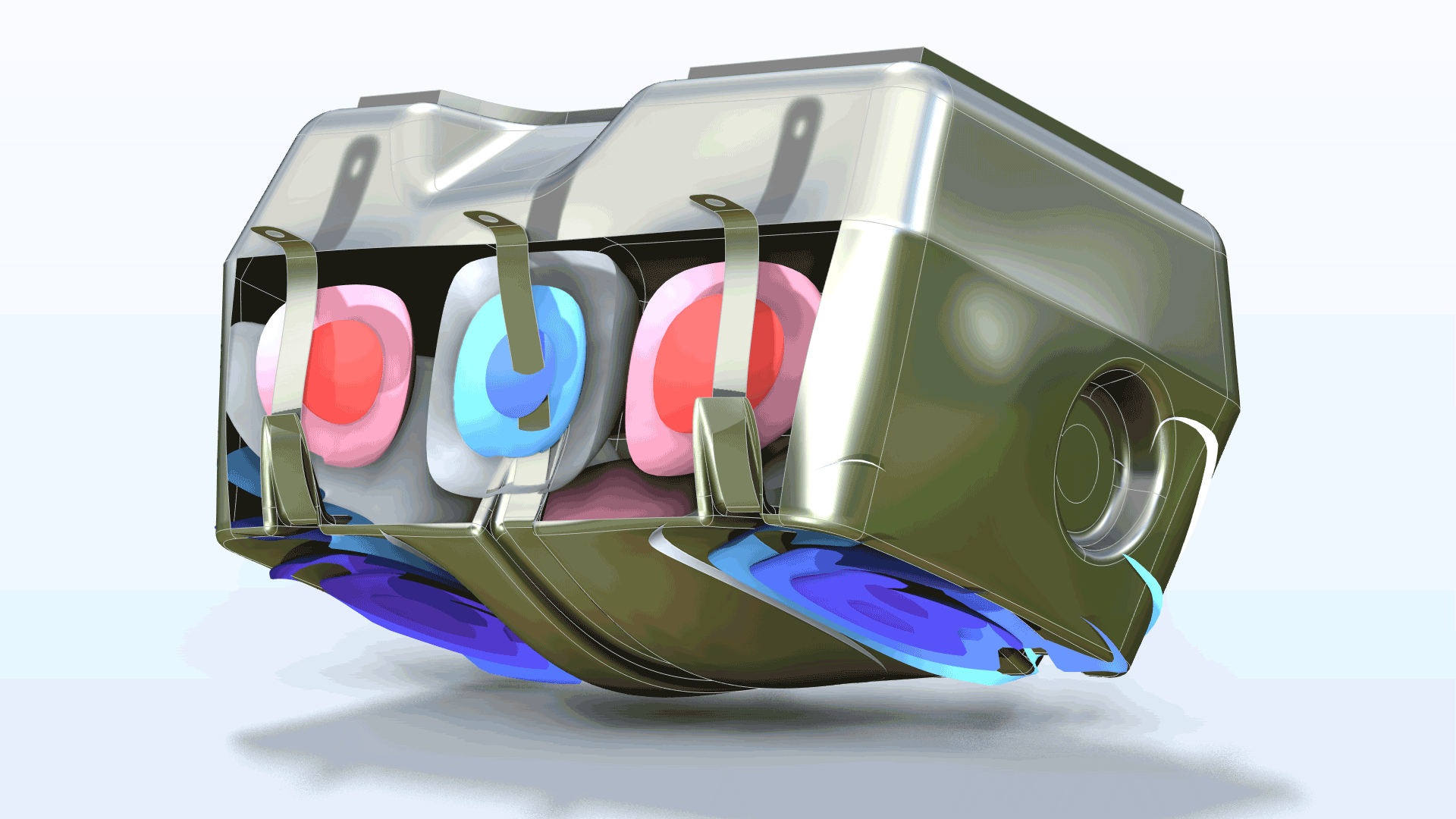
New Way to Store Variables in Output
The option to store variables in output has been moved from the Values of Dependent Variables section of the study step to its own section, Store in Output. This section provides an easy way to specify which variables to store.
Storing the Solver Log
The solver log displayed in the Log window is limited to a given number of characters. The maximum number of characters can be increased under Preferences. However, when debugging larger models, it may be more practical to instead store the log in a file. This option is now available under the Log and Messages section of the Preferences window.

